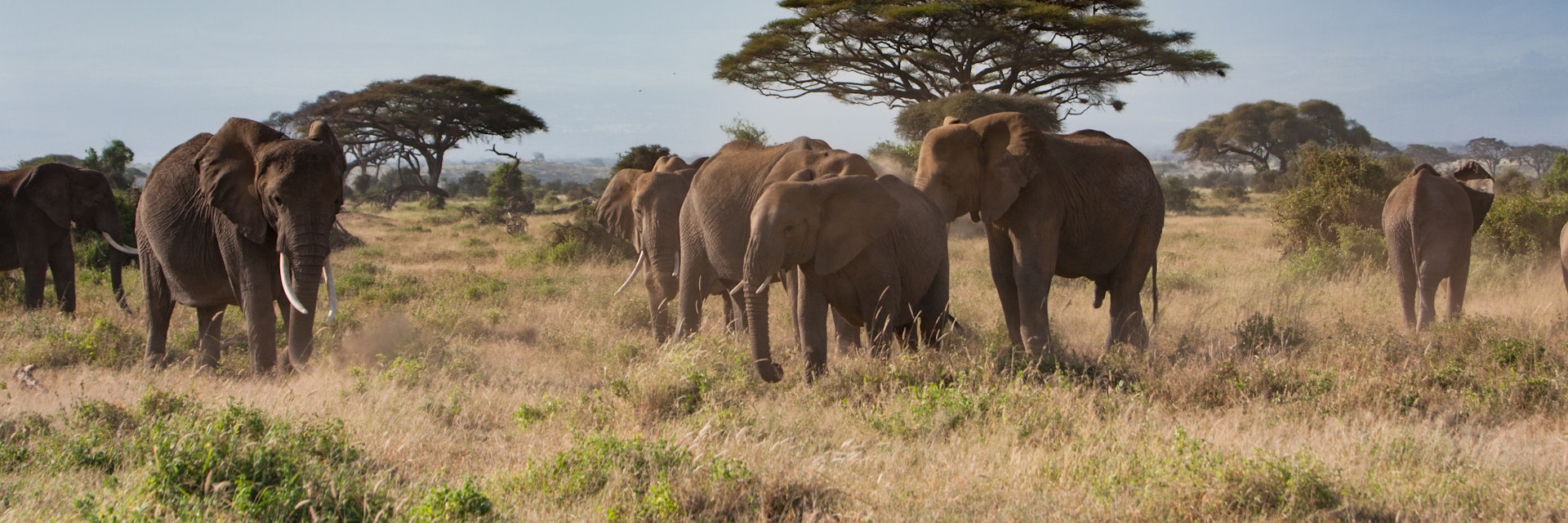Since its official opening in 1977, Mt Kilimanjaro National Park has become one of Tanzania’s most visited parks. Unlike the other northern parks, this isn’t a place to come for the wildlife, although it’s there. Rather, you come here to gaze in awe at a snowcapped mountain on the equator, and to climb to the top of Africa. At the heart of the park is the 5896m Mt Kilimanjaro, Africa’s highest mountain and one of the continent’s most magnificent sights.
Kilimanjaro is also one of the world's highest volcanoes, and it's the highest free-standing mountain on earth, rising from cultivated farmland on the lower levels, through lush rainforest to alpine meadows, and finally across a lunar landscape to the twin summits of Kibo and Mawenzi. Kilimanjaro’s third volcanic cone, Shira, is on the mountain’s western side. The lower rainforest is home to many animals, including buffaloes, elephants, leopards and monkeys, and elands are occasionally seen in the saddle area between Kibo and Mawenzi.
A hike up Kili lures around 25,000 trekkers each year, in part because it’s possible to walk to the summit without ropes or technical climbing experience. Non-technical, however, does not mean easy. The climb is a serious (and expensive) undertaking, and only worth doing with the right preparation. There are also many opportunities to explore the mountain’s lower slopes and to learn about the Maasai and the Chagga, two of the main tribes in the area.
There are entry gates at Machame, Marangu (which is also the site of the park headquarters), Londorosi and several other points. Trekkers using the Rongai route should pay their fees at Marangu gate.



